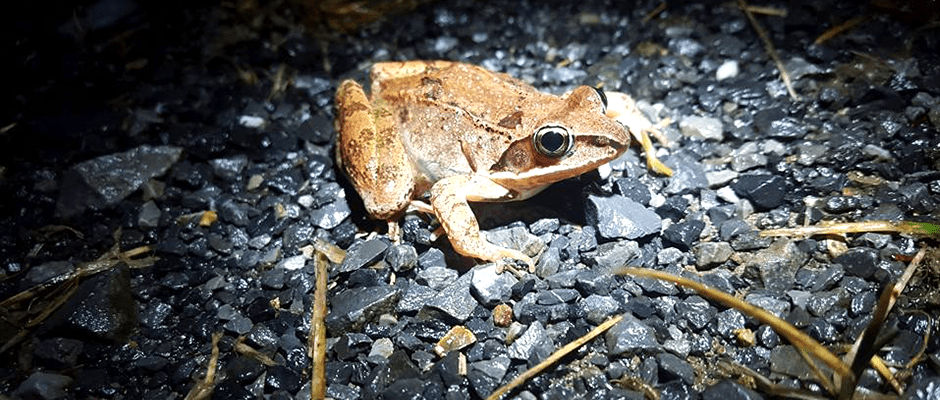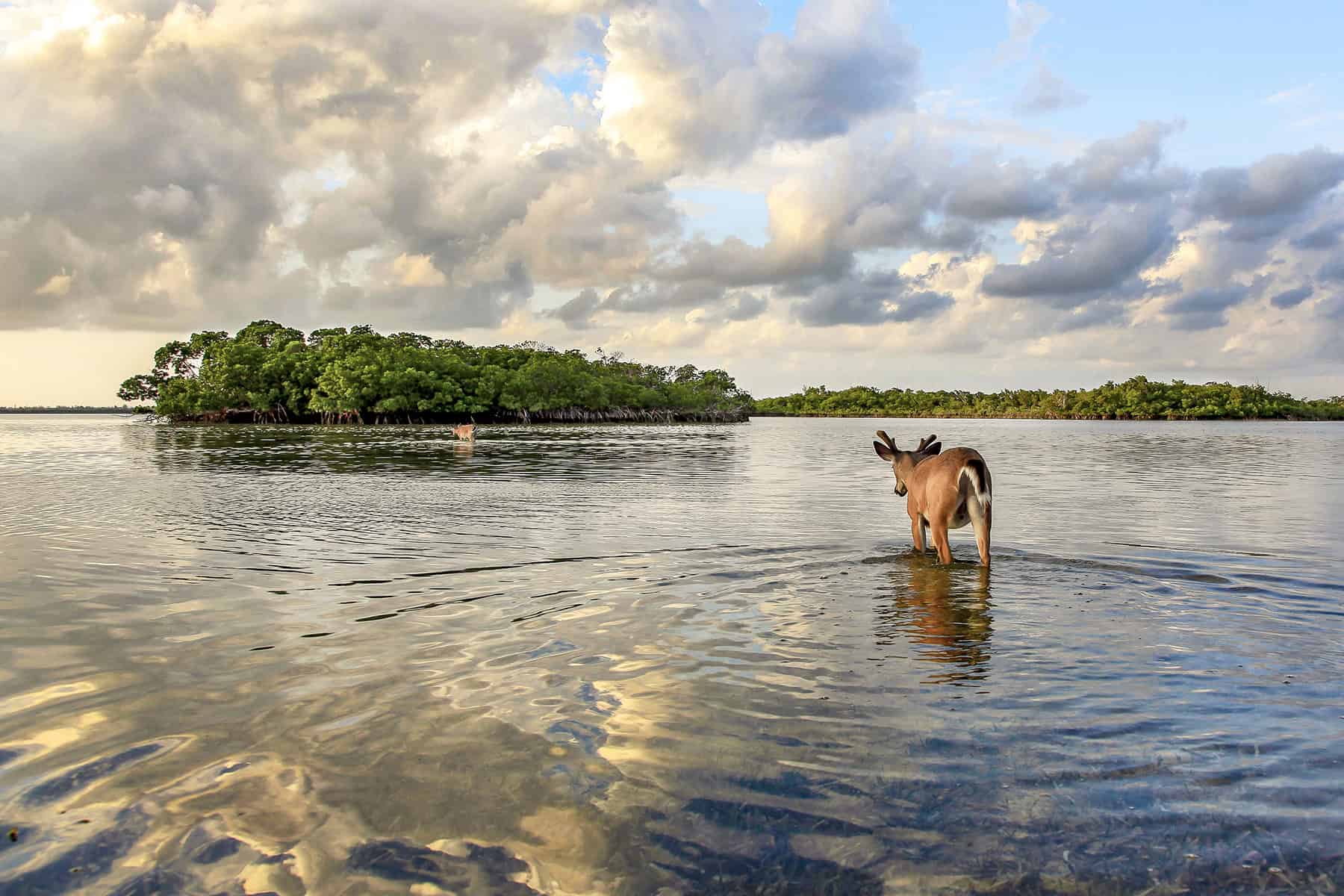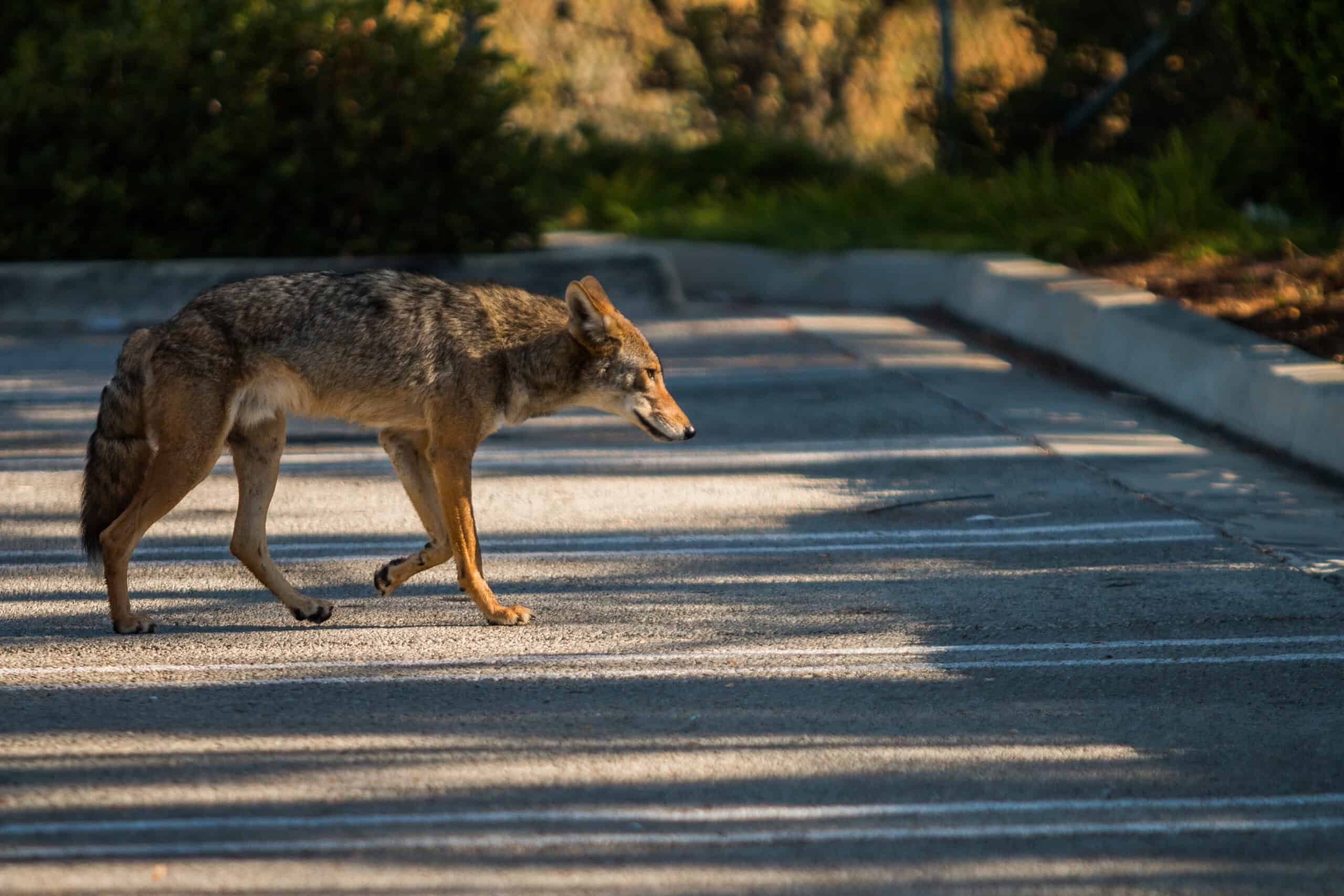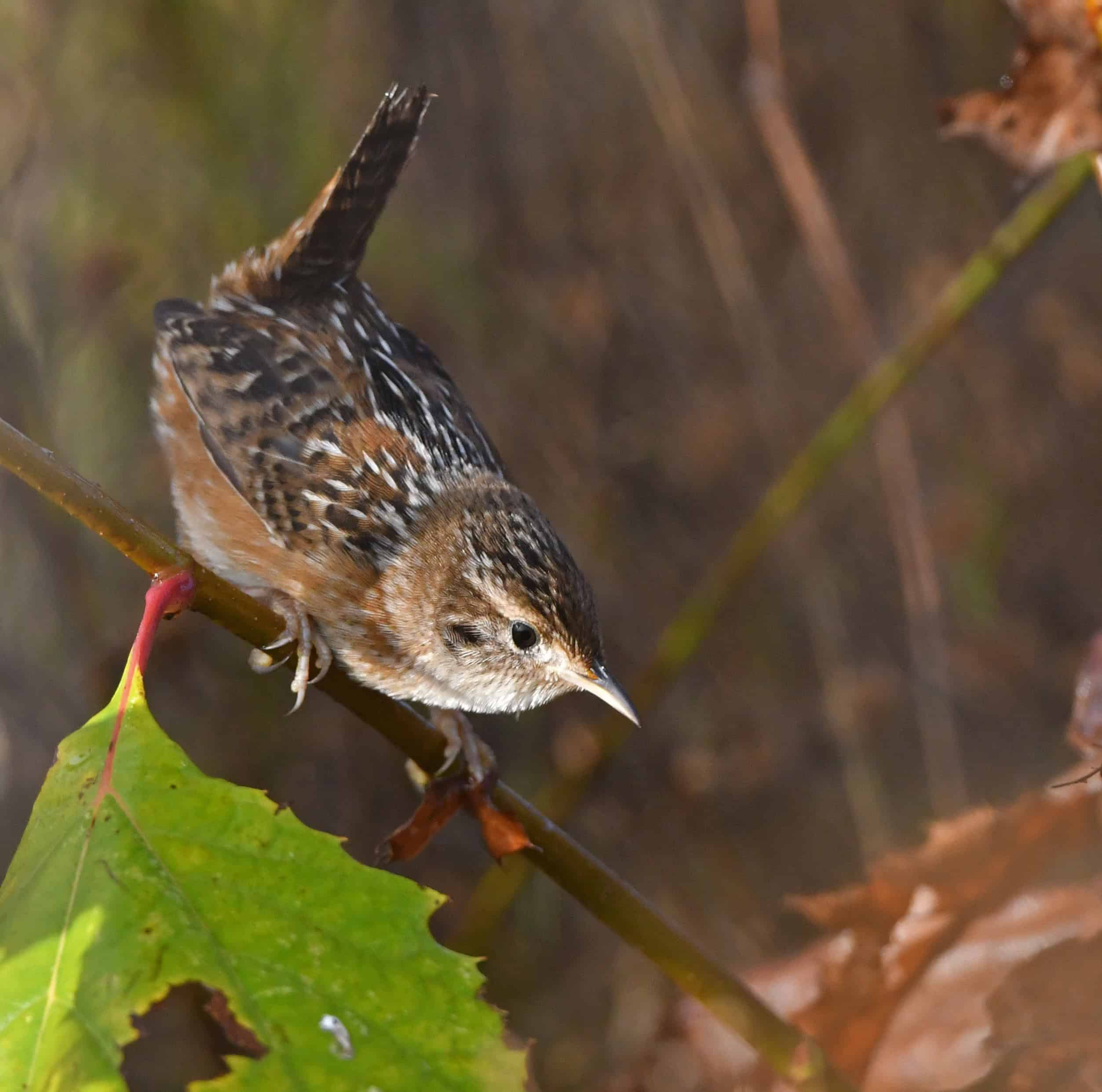Share this article
Climate change brings varying risks to wood frogs
Wood frogs (Lithobates sylvaticus) can survive freezing solid in the winter, but they may have a harder time facing warmer temperatures brought on by climate change.
A paper published in Global Change Biology modeling the frogs’ response to climate change throughout the United States and Canada found that southern populations of the species would be most affected by warming temperatures.
Cold-adapted animals that inhabit ephemeral wetlands from Tennessee and Kentucky to Canada and Alaska, wood frogs experience a wide variety of climates throughout their range.
“Southern populations were declining in years that were really warm,” said Staci Amburgey, a PhD candidate at Pennsylvania State University and first author on the paper published in Global Change Biology. “With the warming climate, those populations would be the first to go locally extinct and might result in a range shift north.”
Scientists often assume fluctuations in climate impact populations similarly across a species’ range. But Amburgey and her colleagues wanted to analyze how a wood frog population’s location in the range and the usual climate there affected its capacity to adapt to annual climatic variation.
A female wood frog lays one egg mass every year, so examining egg mass counts from the last two decades to estimate how many breeding females a population had each year, the biologists modeled populations throughout their range.
Researchers have long been interested in how rising temperatures and altered precipitation shift the ranges of such amphibians, a class of high conservation concern due to habitat loss and disease, such as the chytrid fungal disease.
The findings suggest that biologists must consider amphibian populations at a fine scale within the species’ ranges, Amburgey said.
“Southern species in warming areas that are going to experience less water are going to feel the impact of climate change,” she said. “If you want to predict how a species’ range is going to shift, it is important to account for variability in where they are.”
Header Image: A wood frog makes it way to a pond in Centre County, Pennsylvania. ©Staci Amburgey








